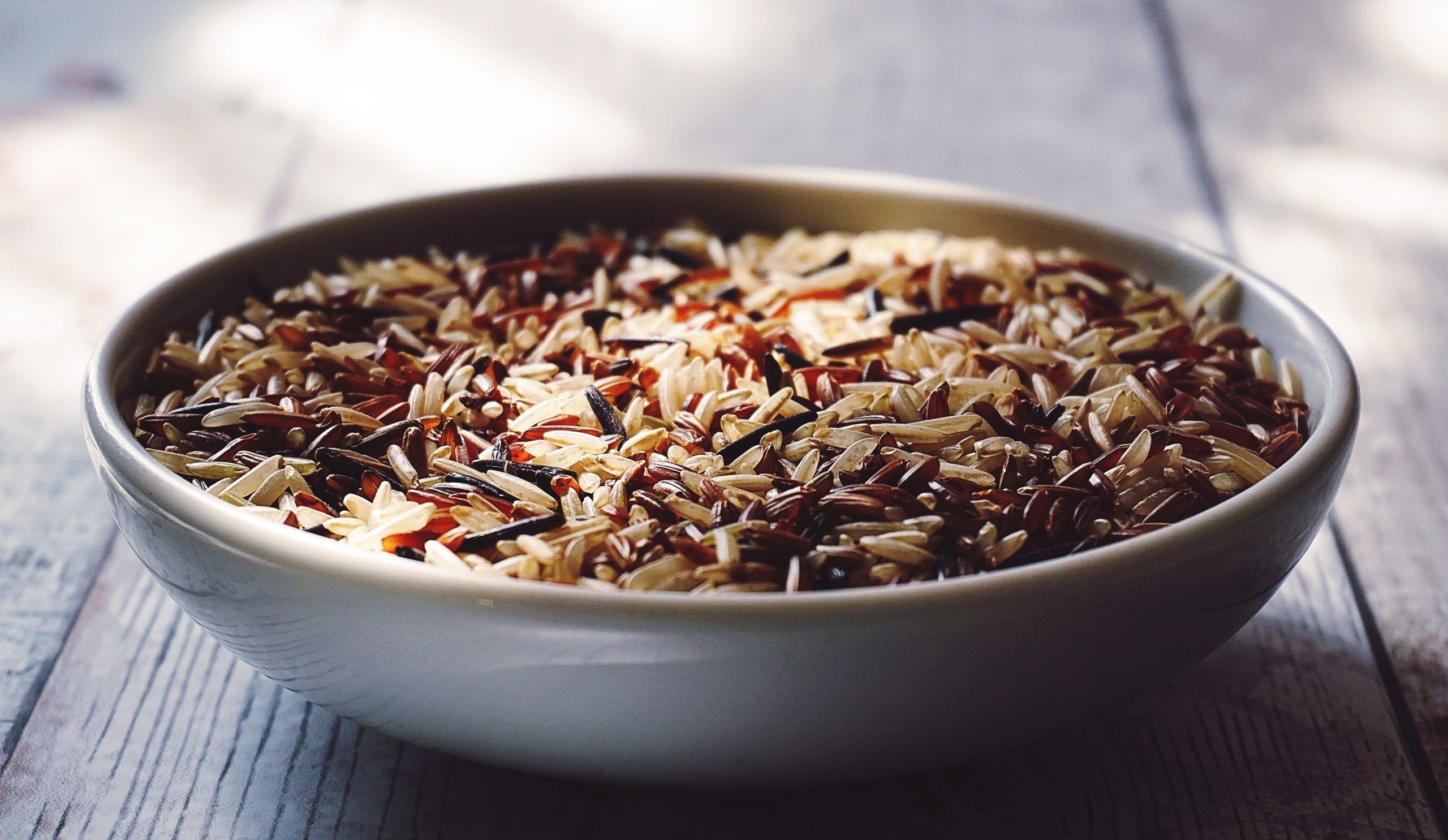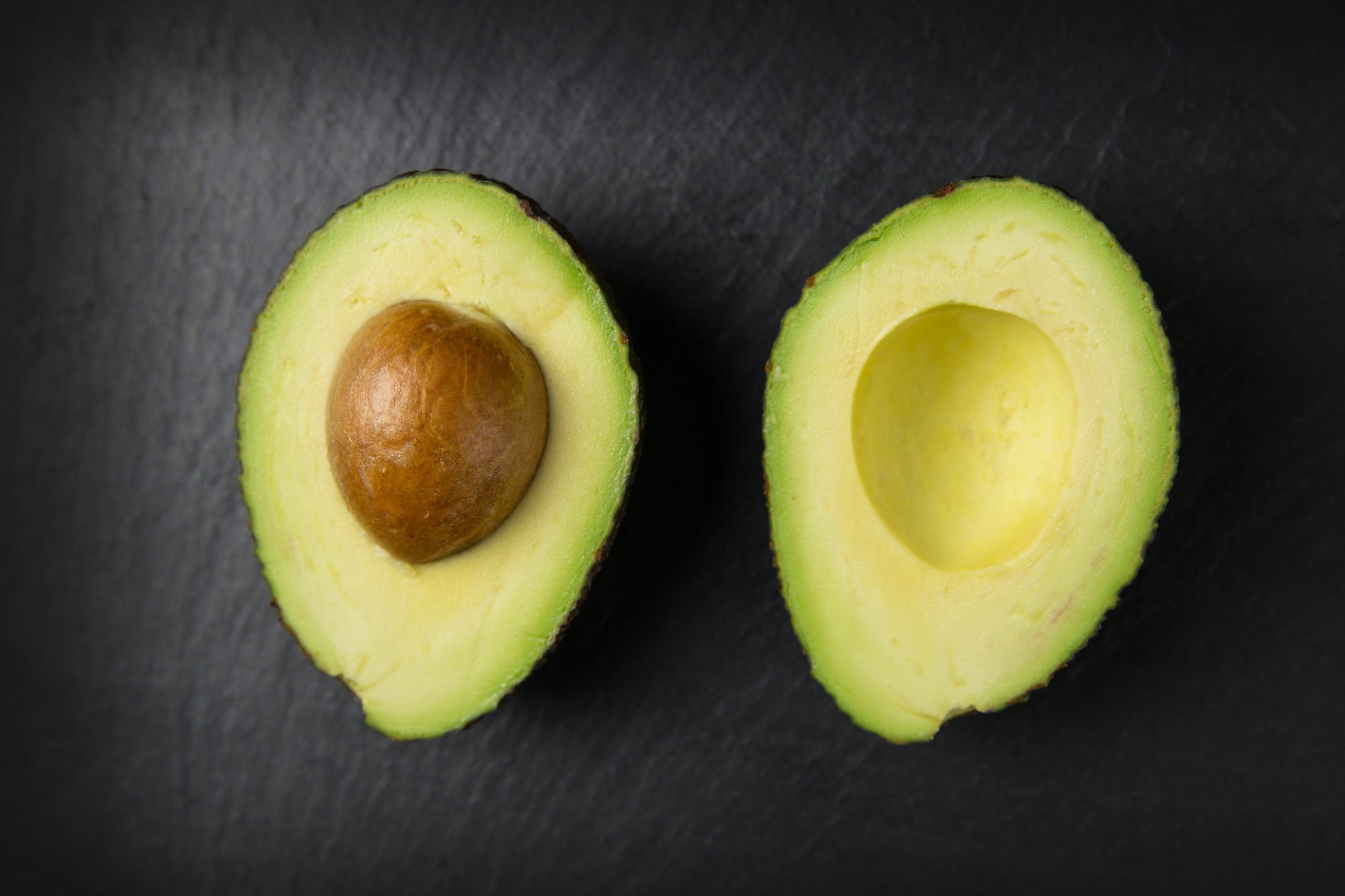Carbs, proteins, and fats (also known as macronutrients) are nutrients we need in large quantities and provide the bulk of our energy intake. All foods are divided up into a combination of these macros, and that is how our calories are is made up. Understanding macros will better help you design your diet based on your weight loss, weight maintenance, or weight gain goals.
Carbohydrates

You need food to create the energy that helps keep you alive, and this primarily comes from Carbohydrates. Carbohydrates are an important source of energy in the human diet. All carbohydrates are converted to glucose and absorbed into the blood. Glucose is key to keeping the mechanisms of the body in top working order, and therefore is a vital fuel source for all body tissues, especially the brain, and blood glucose levels are usually maintained within tight parameters to meet your activity levels.
Proteins

Proteins make up the building blocks of organs, muscles, skin, and hormones. Your body needs protein to maintain and repair tissues, and children need it for growth. Proteins are also vital for both the structure and metabolic operations of the human body. There are thousands of different proteins in the body, each having a different and essential role. Protein is a major component of body tissues and about half of the body’s protein is present in structural tissues such as muscle and skin. It is thus essential for growth because there is a continuous turnover of body tissues and body structure maintenance throughout life.
Fats

A small amount of fat is an essential part of a healthy diet. However, it is the type of fat that you consume that could have an effect on your overall health. Fats are distributed universally amongst all body cells and fulfil a wide range of structural, storage and metabolic functions which include: providing fuel for cells, carrying fat-soluble vitamins around the body, insulation, and protection of your organs, as well as acting as a reserve supply of energy.
There are three types of fatty acids, (saturated, monounsaturated, and polyunsaturated fatty acids), however, the healthiest form of fats that should be consumed on a regular basis are monounsaturated and polyunsaturated fats (omega 3 and omega 6).
How to calculate your macros

Macros are generally measured in grams, and it is these grams that make up the total calorie (energy) value. The quantity of calories that they provide varies as follows:
- 1g Carbs – 4 calories per gram
- 1g Protein – 4 calories per gram
- 1g Fat – 9 calories per gram
With this in mind, it is important to determine how many calories you actually need. When designing your diet, it is very important to base your macros/calories on your height, weight, and activity levels. If not calculated properly it could have a great effect on your health goals. A nutrition specialist can help you correctly calculate this.
After that, the next step is to decide what macro ratio works best for you. For instance, a person who wants to lose excess body fat may benefit from a meal plan consisting of 35% carbs, 30% fat and 35% protein. These ratios vary from person to person based on their goals so it’s key to find what works for you. Once this has been determined, you can start tracking your macros correctly in alignment with your health goals.
At the beginning of your tracking journey, investing in a good kitchen scale and measuring apparatus such as measuring cups are extremely beneficial and helps save a lot of time during the measuring process. Also, investing in high-quality containers for easy meal prepping and storage is crucial.
It is also important to keep in mind that basing your diet on healthy alternatives for the macro groups can be extremely beneficial for longterm weight management and overall health. These include;
- Complex carbohydrates
- Lean Protein
- Healthy fats (monounsaturated and polyunsaturated fats)
The bottom line

Macro counting may provide several benefits including; improving diet quality (as you are increasing your awareness of the quality and amount of food you are consuming), promoting weight loss (if that is your goal), and building muscle mass (again, if that is your goal).
It is easy to feel overwhelmed when first counting macros. However, following the steps above can streamline the process and set you up for success. The most important steps in counting macros are setting a calorie goal and macro range for carbs, protein, and fat that works best for you. Then, logging your food intake and aiming to stay within your macros (with some flexibility as we are all human!) by eating a diet rich in fresh produce, healthy fats, complex carbs, and protein sources is key.
Before you know it, counting macros will feel natural 🙂
